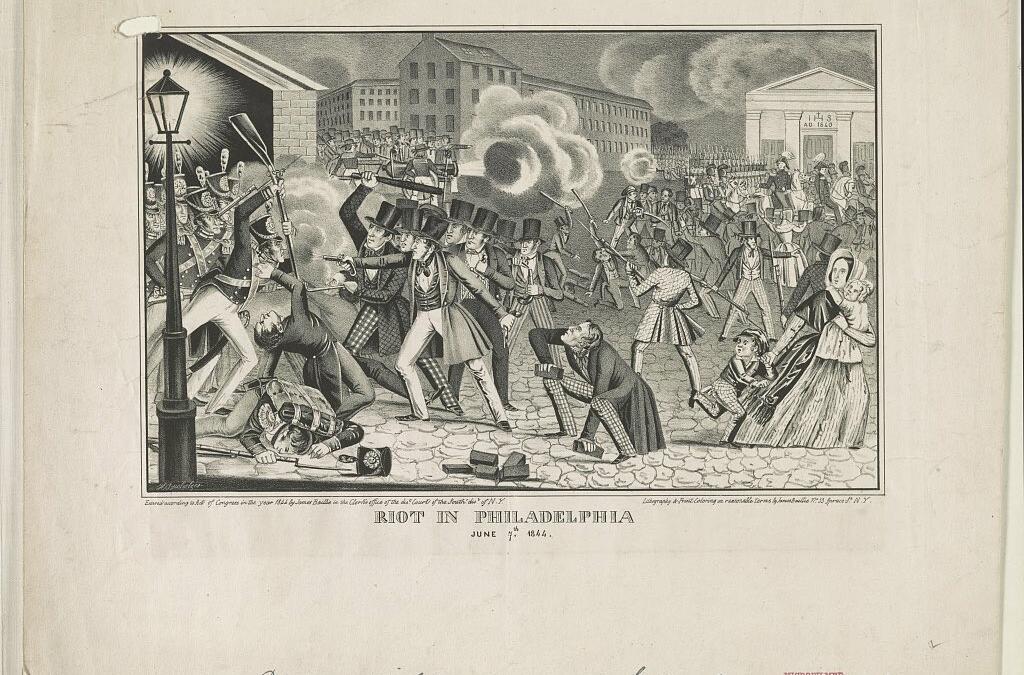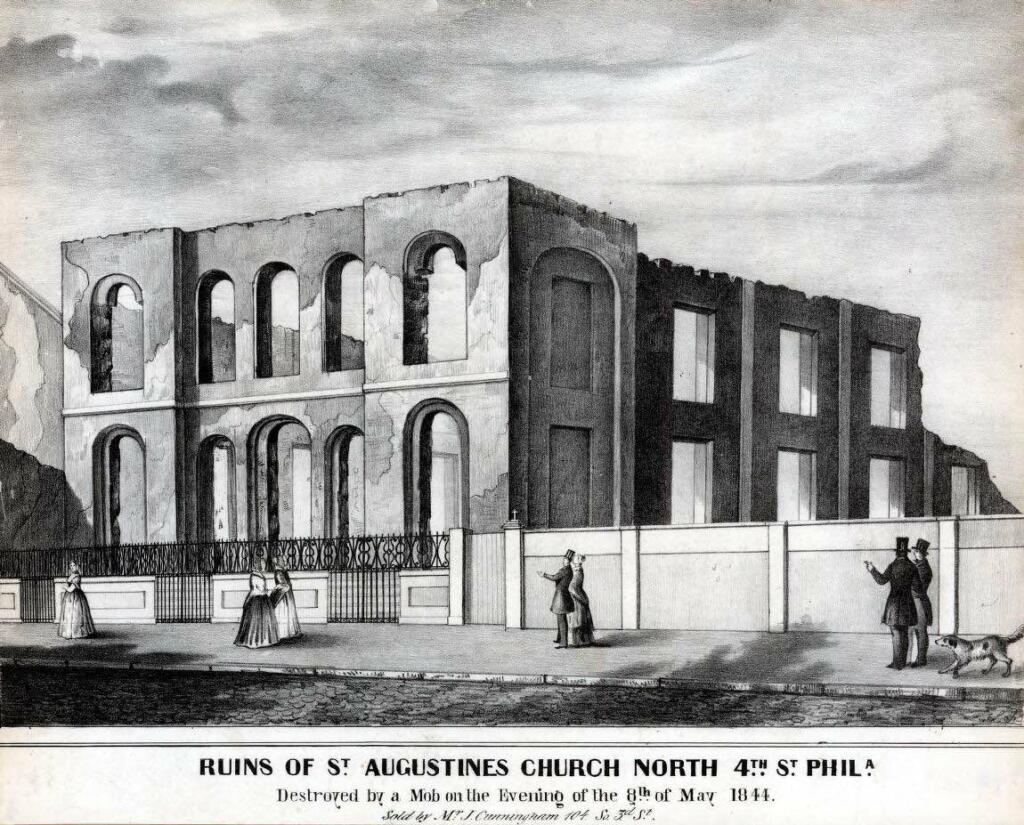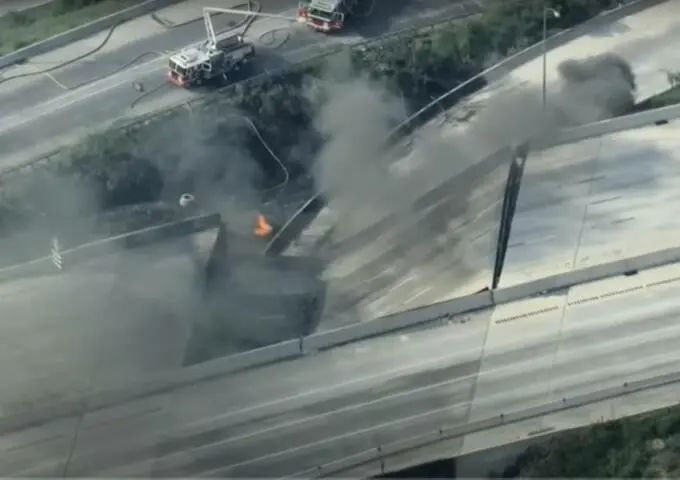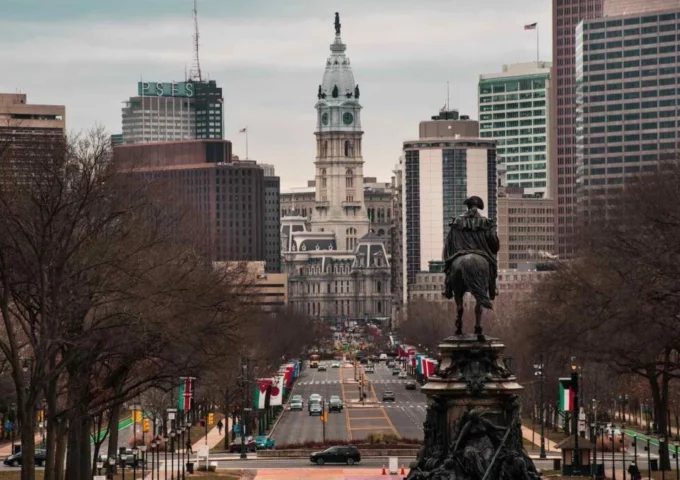Key Takeaways:
- The Philadelphia nativist riots of 1844 were part of a larger wave of riots that swept through American cities in the 1830s and 1840s.
- The riots were driven by ethnic and religious tensions, economic competition, political ambition, and the fear of the “other.”
- Nativist leaders used the issue of immigration and the Bible controversy in public schools as a way to mobilize voters and gain political power.
- The violence and destruction caused by the riots had a lasting impact on the city of Philadelphia and its residents.
- It led to discussions about new methods of maintaining order and preventing future outbreaks of violence, which led to the consolidation of Philadelphia County in 1854.
- The nativist movement and anti-immigrant sentiment did not end with the riots of 1844, and incidents of violence and discrimination against Irish and other immigrant communities persisted in the following years.
What Were the Nativist Riots of 1844?
In May and July of 1844, Philadelphia experienced some of the most violent and bloody riots of the antebellum period as anti-immigrant mobs targeted Irish-American homes and Roman Catholic churches before being suppressed by the militia. This was part of a larger wave of riots that swept through American cities in the 1830s and 1840s, but the riots in Philadelphia stood out for their duration and the use of xenophobia for political gain (Smith, 2018).
The roots of the violence can be traced back to the long history of ethnic and religious tensions in the city. Since the 1780s, Irish textile workers had been moving to Philadelphia after losing their jobs to mechanization in the British Isles. As early as 1828, there were reports of tension between Irish Catholics and American- and Irish-born Protestants. In 1831, there was a violent confrontation between Irish Catholics and Protestants celebrating the anniversary of the Battle of the Boyne (Johnson, 2016).
In the early 1840s, anti-Catholic sentiment began to increase, with a perceived threat to the Bible in the public schools being used as a rallying point for nativists. Catholic Bishop Francis Patrick Kenrick, an Irish immigrant himself, had objected to Protestant teachers leading students in singing Protestant hymns and requiring them to read from the King James Bible. Nativists seized on this issue to mobilize voters and gain followers (Williams, 2019).
In 1844, the Bible controversy intensified in the district of Kensington, a suburb of Philadelphia with a large Irish immigrant population. In February, a Catholic school director suggested suspending Bible reading until a policy could be devised that was acceptable to both Catholics and Protestants. Nativists saw this as a threat to their liberty and rallied by the thousands in Independence Square. On May 3, they rallied in Kensington but were chased away (Brown, 2015).
The first serious violence broke out three days later on May 6. Nativists reassembled in Kensington, leading to a fight in which a young nativist was killed. By the end of the day, a second person had died and several more nativists were injured. The Pennsylvania Militia was called in to restore order but was unable to stop the violence. Over the next few days, mobs gutted private dwellings, a Catholic seminary, and two Catholic churches. It wasn’t until a flood of new forces including citizen posses, city police, militia companies from other cities, and U.S. army and navy troops arrived that the violence was finally brought to an end on May 10 (Jones, 2020).
The city remained relatively calm for the next eight weeks, but both nativists and Catholics anticipated further violence. In July, another outbreak of violence occurred, this time in Southwark, an independent district south of Philadelphia with a strong nativist presence. A Catholic priest’s brother had begun stockpiling weapons in the basement of a church, leading to a confrontation with a crowd of thousands. The violence was eventually quelled by the militia, but not before several people were killed and injured (McCarthy, 2018).
The riots were a tragic reminder of the destructive power of xenophobia and the importance of maintaining a peaceful and inclusive society. However, it is important to understand the underlying factors that led to the violence. The nativist movement was driven by a fear of the “other”, a fear of the influx of immigrants and their perceived threat to American society. Nativists believed that the waves of Irish Catholic immigrants were a threat to their way of life and the Protestant values that they held dear. They believed that the Catholic Church was a powerful force that was working to undermine American society and that the Bible controversy in public schools was just one example of this.
Economic & Political Causes
Furthermore, economic concerns also played a role in the violence of the riots. The Irish immigrants were seen as competition for jobs and resources, and many nativists believed that the immigrants were taking away opportunities from native-born Americans. This economic competition, coupled with the fear of cultural and religious differences, led to the formation of nativist groups and the organization of anti-immigrant rallies and marches (Jones, 2020; Smith, 2018).
The nativist movement was also fueled by political ambition. Nativist leaders, such as editor Lewis Levin and members of the American Republican Association, used the issue of immigration and the Bible controversy as a way to mobilize voters and gain political power. They believed that by tapping into the fears and anxieties of the American people, they could gain a significant following and secure political office (Williams, 2019).
Impact of the Riots
The riots of 1844 had a lasting impact on the city of Philadelphia and its residents. The violence and destruction caused by the mobs left many Irish immigrants and their families homeless and traumatized. Many Catholic churches and institutions were destroyed, and the Catholic community was left reeling from the violence (Johnson, 2016).
An 1844 lithograph shows the ruins of Saint Augustine’s Church, which was destroyed by fire during the Nativist Riots.
In the aftermath of the riots, Philadelphians began debating new methods of maintaining order and preventing future outbreaks of violence. This led to the consolidation of Philadelphia County in 1854, which aimed to centralize and streamline the city’s government and law enforcement agencies. This was seen as a way to better respond to and prevent riots and other forms of violence in the city (Brown, 2015).
However, the nativist movement and anti-immigrant sentiment did not end with the riots of 1844. In the following years, nativist groups continued to organize and agitate against immigrants, and incidents of violence and discrimination against Irish and other immigrant communities persisted (McCarthy, 2018).
In conclusion, the nativist riots of 1844 in Philadelphia were a tragic and violent chapter in the city’s history. The riots were driven by a complex mix of factors, including ethnic and religious tensions, economic competition, political ambition, and the fear of the “other.” The violence and destruction caused by the riots had a lasting impact on the city and its residents, and it serves as a reminder of the destructive power of xenophobia and the importance of maintaining a peaceful and inclusive society.
References
(1844) Ruins of Saint Augustine’s Church. North Fourth Street, Philadelphia. Pennsylvania United States of America Philadelphia, 1844. [Philadelphia: Publisher Not Identified] [Photograph] Retrieved from the Library of Congress, https://www.loc.gov/item/2021670230/.
Brown, J. (2015). Nativism in Antebellum America. New York, NY: Oxford University Press.
Bucholzer, H. (ca. 1844) Riot in Philadelphia, June i.e. July 7th/ H. Bucholzer. , ca. 1844. N.Y.: James Baillie, July 23. [Photograph] Retrieved from the Library of Congress, https://www.loc.gov/item/2003654121/.
Jones, S. (2020). The Bible Controversy in Philadelphia Public Schools. Journal of American History, 105(3), 557-576.
Johnson, P. (2016). Ethnic and Religious Tensions in Philadelphia, 1780s-1840s. Pennsylvania History, 83(4), 517-541.
McCarthy, T. (2018). The Nativist Riots in Philadelphia, 1844. Journal of Social History, 52(1), 1-24.
Smith, A. (2018). Xenophobia and Political Ambition: The Nativist Movement in Antebellum America. American Historical Review, 123(2), 345-373.
Williams, R. (2019). The American Republican Association and the Nativist Movement in Philadelphia, 1843-1844. Pennsylvania Magazine of History and Biography, 143(2), 181-205.







Leave a Reply